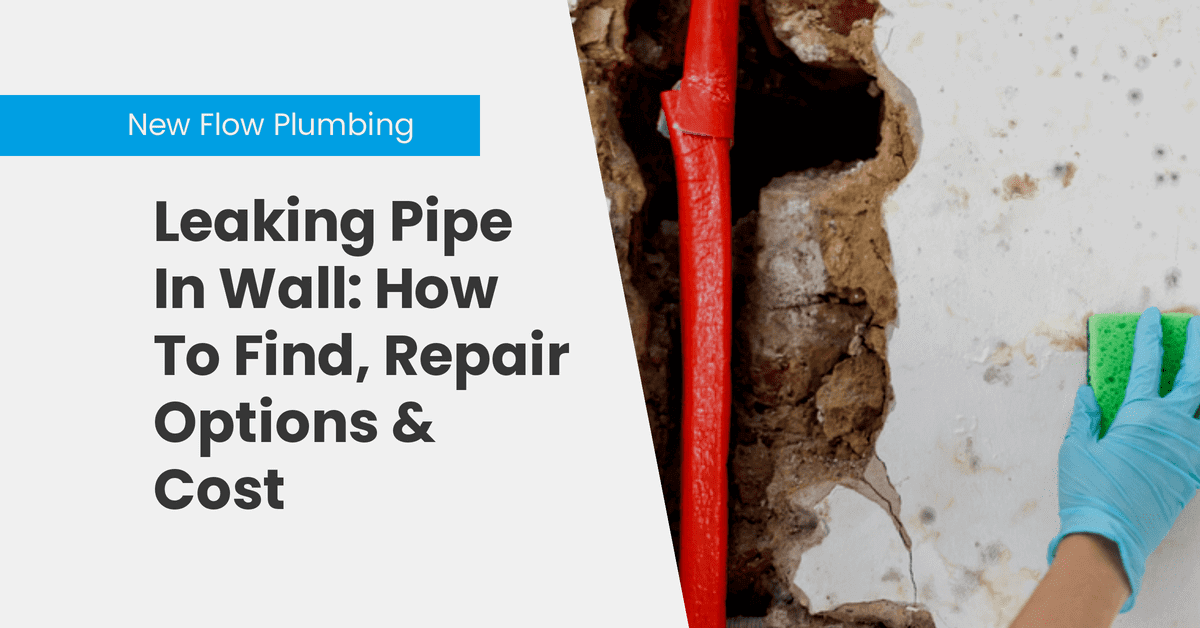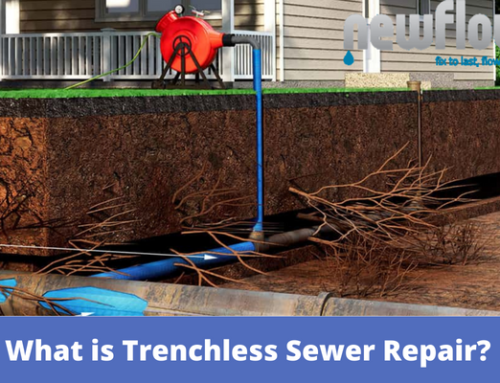Leaking Pipe In Wall: How To Find, Repair Options & Cost
Leaking Water Pipes
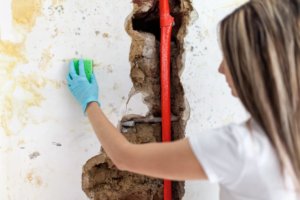
A leaking pipe in your wall could spell disaster for your home.
You have all sorts of pipes running through walls, ranging from water pipes, sewer pipes, and even gas connections.
In this article, we’ll talk about how to find out where those leaks are coming from, repair options, and the cost to repair the damage.
How to find a leaking water pipe in your wall
Use these methods to track down where a water leak may be coming from:
*If you notice a strange spike in your water bill but can’t seem to find any of the signs above, it may be a little more challenging to find the leak. Here are more secure ways of detecting the location and source of a leak.
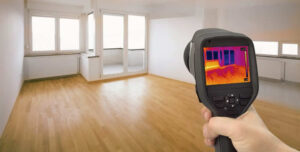

How to find a leaking sewer pipe in your wall
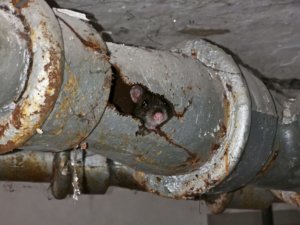
Leaking sewer pipes can be found using the same methods above, except your sewer lines aren’t connected to your water meter, so that won’t help you. There are a few critical differences between a leaking sewer pipe and a leaking water pipe.
Read also – Signs of a cracked sewer pipe
How to find a leaking gas pipe in your wall
Gas lines usually run to an appliance, furnace, or fireplace. A leaking gas pipe is very dangerous to your health and safety. Look for these distinct signs.
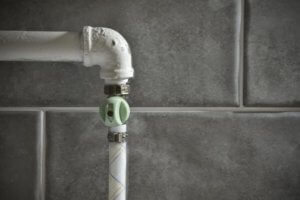
Causes of leaking pipes in walls
Pipes may break for all sorts of reasons, including but not limited to:
Read also – How to fix Fix a Rusting and Leaking Cast Iron Sewer Pipe
How to repair a leaking pipe
There are two solutions when it comes to fixing a leaking pipe: minor repairs and total replacement.
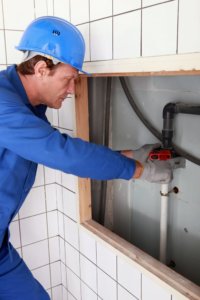
We break down the cost of potential repairs below. If leakage has been going on for a long time, and there is so much water damage, you may need to call restoration experts as well.
They can help extract water from your home, dry your walls, clean any affected personal items, and help with any insurance claims. They may be able to stop the leak, but plumbers are the ones who can help install new plumbing systems.
Cost to repair a leaking pipe in your wall
Based on what sort of pipes need repair, the prices are broken down below.
- Water pipes – Leaking water pipes cost an average of $150 to $350 to repair. Finding the leak may cost an additional $100. This does not include repairing your drywall after it’s fixed. Drywall repair costs an additional $250 to $750, depending on the hole’s size and location. If a pipe froze and burst, you might be looking at paying $1,000 to $4,000 in water damage and cleanup. Total replacement for water pipes could run anywhere from $350 to $2,000, and that doesn’t include the plumber’s hourly fee.
- Sewer pipes – If you have a leak in your sewer line, most plumbers won’t recommend small repairs. They tend to be rush jobs and don’t solve the real problem. In that case, plumbers suggest trenchless sewer repair or conventional sewer repair. Trenchless sewer repair, on average, runs $60 to $250 per linear foot. The price depends on various factors, such as the pipe condition, ease of navigation, the amount of cleaning needed before the lining, the amount of piping, and the accessibility of the pipe. Conventional sewer repair, on average, costs $50 to $450 per linear foot. The price to install brand new pipes throughout your home or yard could run to $15,000 because of all the extensive work, such as trenching and excavation.
- Gas pipes – Gas line repair can cost $250 to $750. To run a new gas line, it’ll cost an average of $535. However, it can range anywhere from $120 to $1,350. Most homeowners spend between $259 and $815.
If you have issues with your water and sewer lines, call New Flow Plumbing today! We’ll get you started with a CCTV sewer camera inspection to determine where your problems come from. Then, we give you a free repair estimate, followed by available repair options. Whatever the issue, New Flow Plumbing will have your plumbing lines running again.

